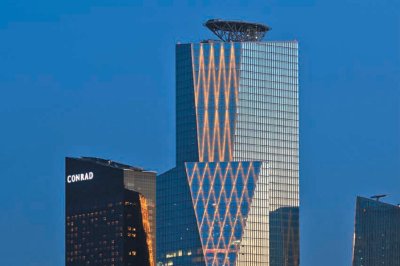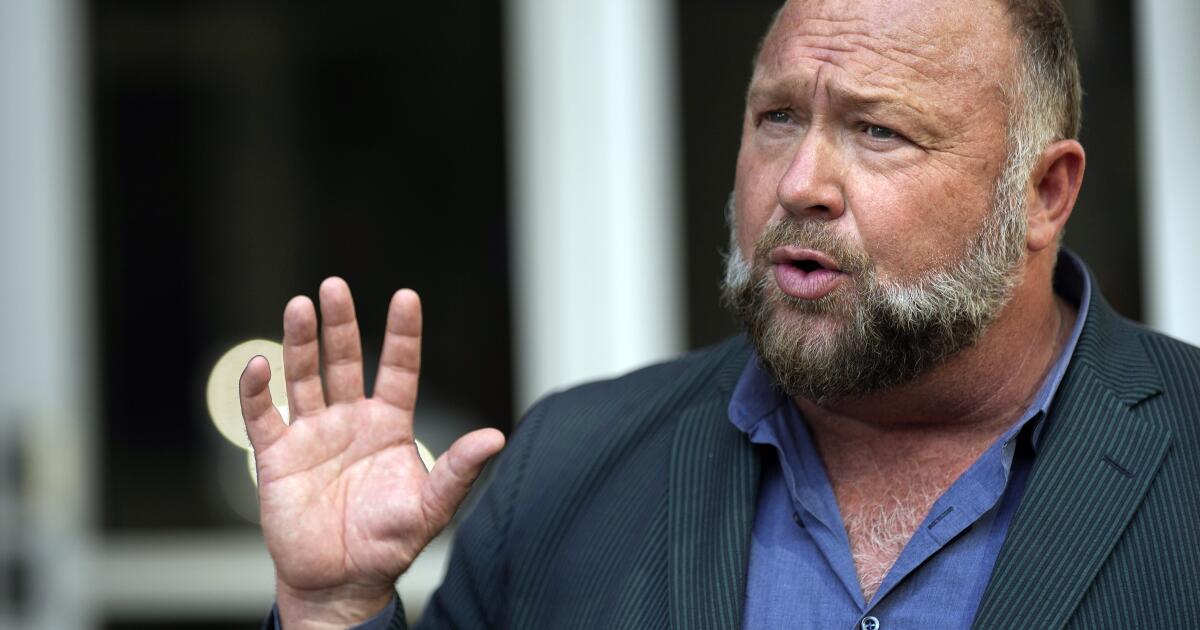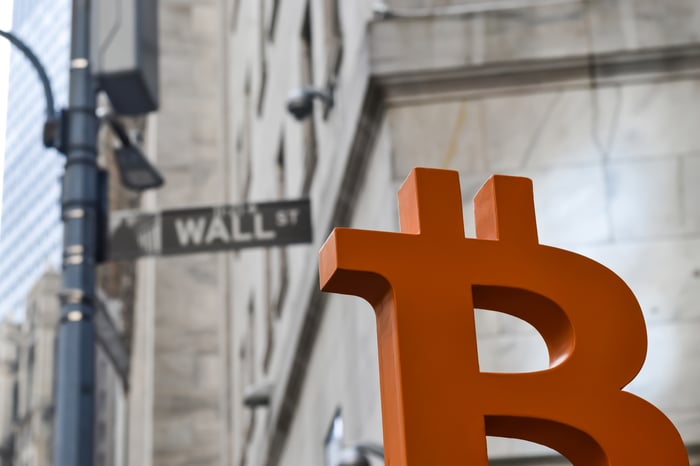Mirae Asset threatens legal action against Brookfield

South Korea’s Mirae Asset Global Investments vows to take legal action against Brookfield Asset Management over the failed sale of the International Finance Center in western Seoul. Photo courtesy of Mirae Asset Global Investments
SEOUL, Oct. 29 (UPI) — South Korea’s Mirae Asset Global Investments said Wednesday it would take legal action against North America’s Brookfield Asset Management unless Brookfield returns $140 million related to a collapsed property sale in Seoul.
Mirae Asset noted that it made the decision after Brookfield failed to comply with a Singapore International Arbitration Center ruling, which required the company to return that amount and associated costs to Mirae Asset by Tuesday.
Earlier this month, the arbitration center ruled in favor of Mirae Asset in a three-year dispute over the failed sale of the International Finance Center in western Seoul, a mixed-use complex composed of three office towers, a shopping mall and hotel.
“Until the arbitration award is fully enforced, Brookfield will bear full responsibility for the accumulation of daily interest and additional damages,” Mirae Asset said in a statement.
“Mirae Asset has completed preparations to initiate follow-up legal proceedings under international law and applicable regulations. The company intends to take all possible legal actions,” it added.
To ensure compliance with the arbitration ruling, Mirae Asset said it may seek provisional seizure of Brookfield assets in South Korea and overseas.
When contacted, Brookfield’s Korean unit declined to comment.
Brookfield, a multinational alternative asset manager, is based in New York after relocating from Toronto last year. It has more than $1 trillion in assets under management across infrastructure, renewable energy, real estate and credit businesses.
The firm entered the South Korean market in 2014 and operates assets worth about $12 billion in the country.
In 2022, Mirae Asset signed a memorandum of understanding with Brookfield to acquire the International Finance Center for $2.9 billion, depositing $140 million as part of the deal. But the transaction later unraveled after Mirae Asset could not receive approval for a related investment vehicle.
Mirae Asset subsequently demanded a full refund of its down payment, but Brookfield refused, arguing that Mirae Asset had not made best efforts to gain regulatory approval, thereby breaching the agreement.
This prompted Mirae Asset to file for arbitration in September 2022.






